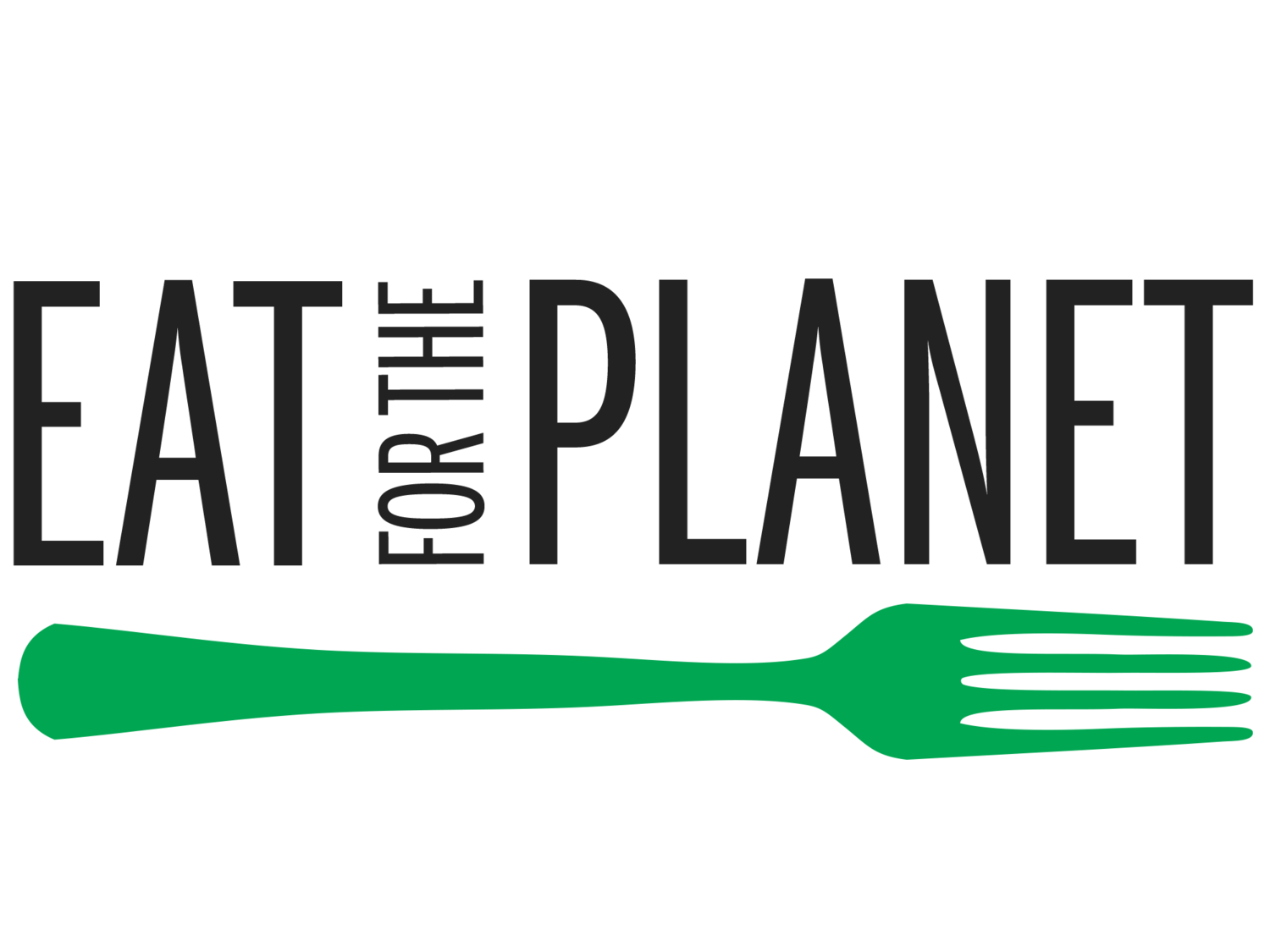What the Pandemic Can Teach Us About The Future of Food
The COVID-19 pandemic brought America’s food issues into stark relief. We all watched in horror as meat processors failed to keep workers safe from the virus – and in turn, consumers safe with slacked food safety measures. And became keenly aware of the mistreatment of essential farmworkers. There were also cases where farmers who rely on restaurants and food service had no choice but to waste crops, dump out milk, or mass slaughter animals. Consumers witnessed empty grocery store shelves as food producers struggled to meet demand and we saw a complete breakdown in the way we grow, process, package, and distribute food. Not to mention access to food is getting more difficult considering a record 55 million workers have filed for unemployment benefits over the past six months. A poll conducted by MarketPlace in May 2020 found that 44 percent of Americans feared they wouldn’t be able to afford food.
This is the picture of our food system when people are faced with a virus – what happens when climate change throws a wrench in things?
The pandemic is a wake up call and just the beginning of a much larger series of threats. Climate change is going to test the resiliency of our food system in unpredictable new ways. Elevated carbon dioxide levels are expected to lower the nutrient quality of crops, and higher temperatures will increase water needs in farms and lead to the emergence of new pathogens, toxins, viruses and pests. Moreover, as flooding, heatwaves, and extreme weather events become more frequent and more intense, it will put tremendous pressure on the entire food system, from farmers to consumers and everyone in between.
The future of food needs to be sustainable and resilient
The John Hopkins Center for a Livable Future defines a resilient food system as one that is able to prepare for, withstand, and recover from disruptions in a way that ensures a sufficient supply of acceptable and accessible food for all.
How can we bake resilience into our food so that everyone in the United States (and the world) can be guaranteed access to what they need to survive and thrive – no matter what virus, natural disaster, or [insert noun] shortage occurs? If 2020 has taught us anything, it’s that anything that CAN happen, probably will.
Amidst a lot of doom and gloom, there is real hope that we can seize the opportunities created by the pandemic to re-examine our food system and do things smarter. A recent report in National Geographic highlights how local farmers have diversified their offerings to make their own businesses more resilient and shows a boon in American’s willingness to go straight to the farmer for their produce. The question is, how can we support systems like these and make them scale?
Getting it right from the ground up
The plant-based foods industry is well-positioned to answer this call and has an opportunity to build a better foundation than companies of the past. But we can’t make progress until we acknowledge that launching products designed at replacing animals from the supply chain is the first step of a much bigger process of building a sustainable and resilient food supply chain from farm to shelf.
Making this possible involves committing to responsible sourcing from diverse, regenerative, carbon-absorbing farms, food waste and emissions management, as well as adequate disaster planning.
We can produce healthy, safe, affordable, accessible, sustainable, and resilient food for everyone. We just have to want to.
Let’s get started!
